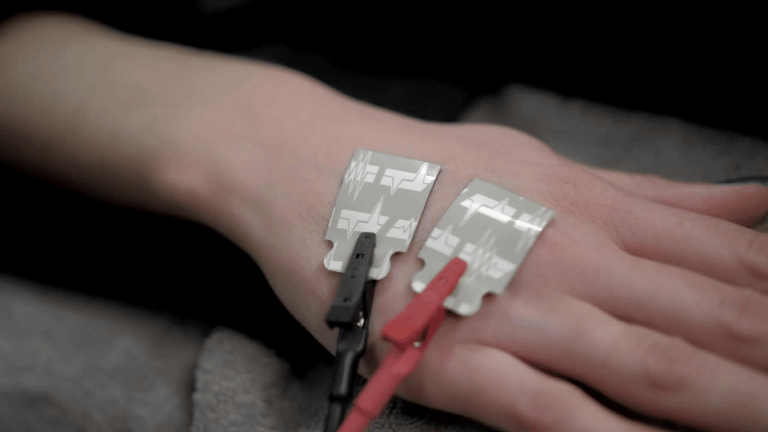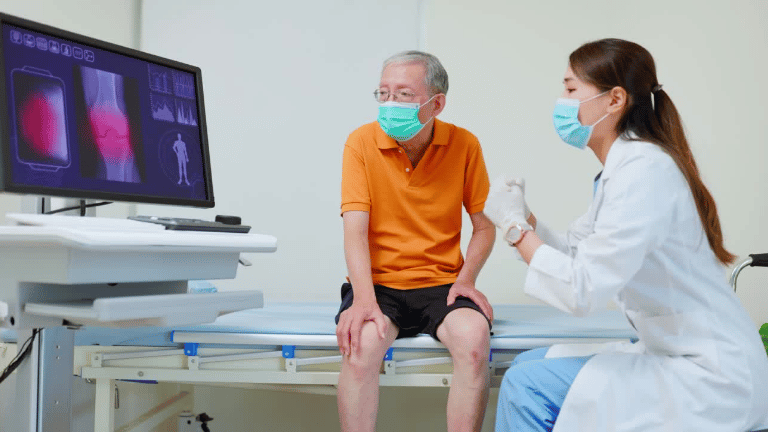Application
From heated eye masks to back wraps, learn how printed 5V heating films enable safe and compact thermal components in wearable applications.


USB-Powered Heating Applications for Human-Contact Design
USB-powered heating elements have become increasingly common in wearable and body-contact thermal therapy applications. From heated eye masks and neck wraps to portable lower back pads, 5V systems offer a compact and reliable energy source suitable for safe, low-power human-contact designs.
Why 5V USB Power Suits Heating Applications
The standard 5V output provided by USB ports—whether from power banks, laptops, or wall adapters—makes USB systems ideal for low-voltage heating. Depending on the design, current can be regulated between 0.5A and 2A, delivering power from 2.5W to 10W. This power range aligns with the surface temperature typically needed for heat therapy (40°C–45°C).
This balance of power is sufficient to provide effective warmth while minimizing the risk of overheating or burn injuries. Additionally, no external voltage conversion modules are needed, which helps reduce product size and design complexity.
Examples of power requirements for common applications:
- Heated eye masks: approximately 2–4W
- Neck or shoulder warmers: 5–8W
- Lower back heating pads: 8–12W
The Role of Printed Heaters in 5V Systems
Printed constant-wattage heating films—particularly those using PET substrate—are well-suited to USB-powered applications. These components offer several distinct advantages:
- High flexibility and ultra-thin profile: Suitable for use on curved or sensitive areas of the body such as the neck or face
- Lightweight and easy integration: Can be embedded into foam layers, fabric channels, or enclosed textile wraps
- Tailored resistance design: Enables precise power control based on USB voltage and current limits
- Rapid heat-up time: Typically reaches stable temperature within one minute
With their consistent wattage and predictable resistance, printed heaters simplify power design while minimizing the need for complex control electronics.
Key Design Considerations for USB Heating Modules
For engineers working on 5V-based wearable products, printed heating films provide the flexibility to meet both technical and user-comfort requirements:
- Power regulation: Designers can reverse-calculate appropriate resistance values based on power and voltage. For example, a 5V/5W heater requires approximately 5 ohms.
- Uniform heat distribution: Printed circuit patterns can be customized to distribute heat evenly, avoiding hot spots.
- Mechanical integration: Heater thickness can be controlled under 0.2 mm, maintaining the original structure and ergonomics of the product.
Application Scenarios: From Comfort to Smart Sensing
USB-powered printed heating films are already integrated into numerous commercial products. Key application areas include:
- Eye masks with constant heat for stress relief and relaxation
- USB neck warmers designed for office or commuting use
- Lightweight lower back wraps with mobile battery compatibility
- Smart rehabilitation devices combining heating with FSR (force-sensitive resistor) sensors to provide real-time therapeutic feedback
As the market for wearable health and personal care devices expands, USB-based heating solutions continue to offer advantages in both engineering feasibility and user comfort.
Summary
The 5V USB system offers a stable, safe, and compact power solution for direct-contact heat therapy. When paired with PET-based printed heating films, it enables slim, flexible designs that deliver consistent heating performance.
As demand for mobile heat therapy and smart wearable products continues to grow, USB-powered designs will play a key role in delivering efficient, reliable, and comfortable thermal solutions—driven by the versatility of printed heater technology.
Latest Insights
Collaboration Begins Here.



